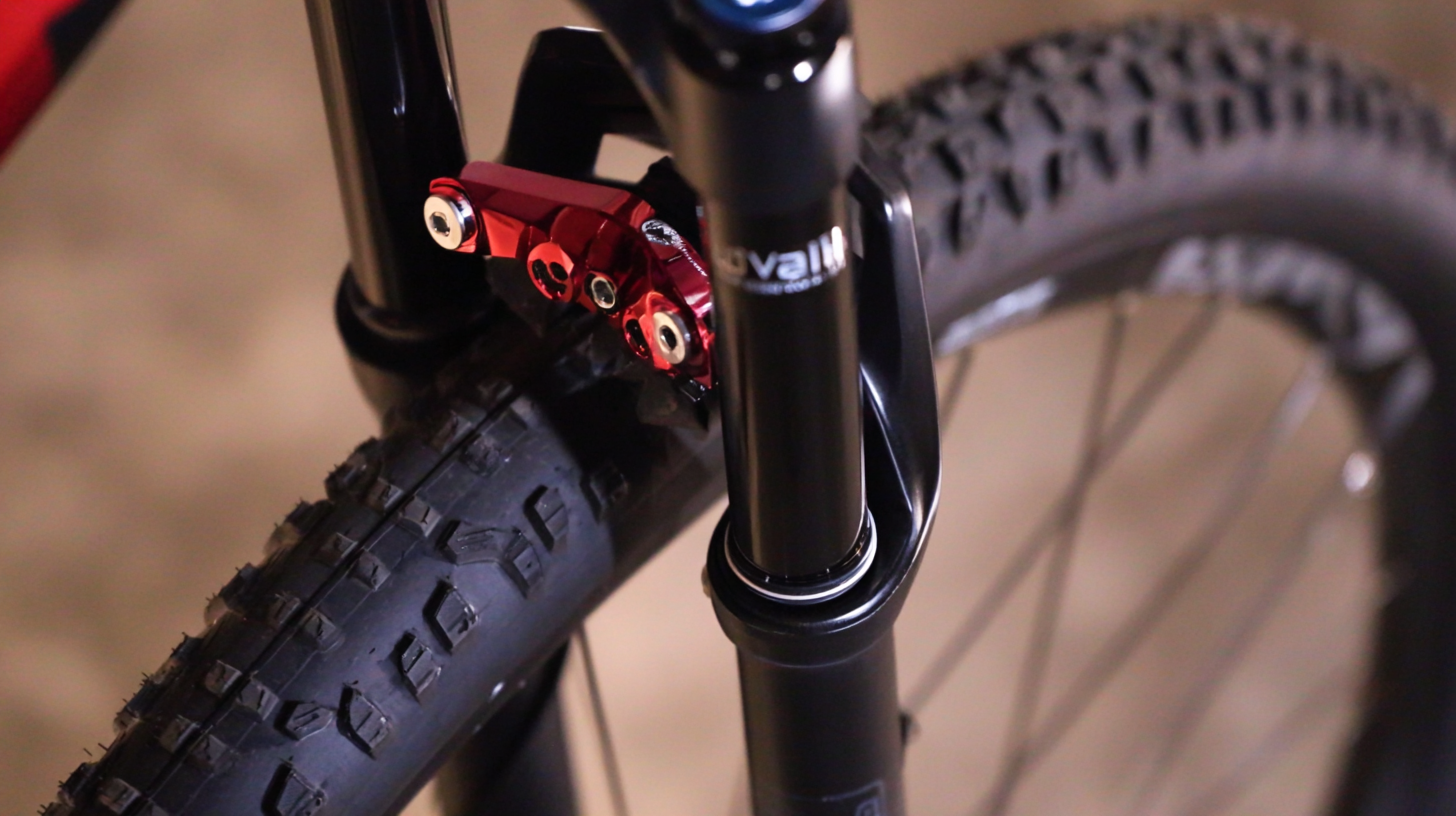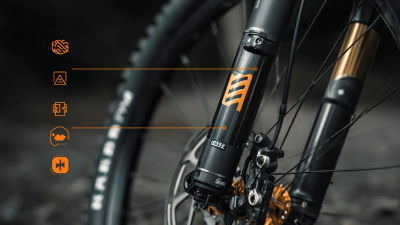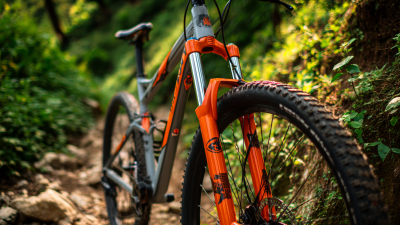The design of the bike fork plays a crucial role in determining both performance and safety in cycling. As one of the key components of a bicycle, the bike fork influences the bike's handling, stability, and overall responsiveness to rider inputs. A well-engineered bike fork can enhance the cyclist's experience by providing precise control over the bike’s trajectory, especially during sharp turns or descents. On the other hand, subpar designs may lead to instability and pose safety risks.

This article delves into the various design elements of bike forks, including material composition, geometry, and suspension systems, highlighting how these factors interrelate to affect the bike's performance in diverse cycling scenarios. By analyzing different fork designs, we aim to equip cyclists with the knowledge to make informed decisions that prioritize both performance and safety on their rides.
The geometry of a bike fork plays a crucial role in determining how a bicycle handles and its overall stability. A well-designed fork can significantly enhance a cyclist's ability to navigate various terrains, especially when cornering at speed. Studies indicate that fork rake and axle-to-crown measurements are key factors influencing handling characteristics. For instance, a report published by the International Bicycle Fund highlights that a fork with a shorter rake can lead to quicker steering response, which is essential for aggressive riding styles. Conversely, a longer rake provides more stability at high speeds, making it advantageous for long-distance cycling.
**Tip:** When choosing a bicycle, consider your riding style and terrain. For racing or mountain biking, opt for a fork with a geometry that enhances responsiveness. For touring or leisure cycling, stability should be the priority.

Additionally, the material and construction of the fork can also affect performance and safety. Carbon fiber forks are becoming increasingly popular due to their lightweight and high strength-to-weight ratio, providing both agility and durability. According to Cycling Tips, bikes equipped with advanced fork geometries and materials report a 15% increase in handling performance over traditional designs. Understanding these nuances can help cyclists make informed decisions to optimize their riding experience.
**Tip:** Always test ride different bikes to see how the fork geometry affects handling. Personal comfort and confidence on the bike are key indicators of the right choice for your cycling needs.
The choice of materials in bike fork design is crucial for optimizing cycling performance and ensuring rider safety. Recent advancements highlight that materials like carbon fiber and aluminum can significantly influence weight and durability. For instance, carbon fiber’s high-strength-to-weight ratio allows for lighter designs while maintaining structural integrity, which is vital for enhancing maneuverability and speed.
A study indicates that carbon fiber forks can reduce overall bike weight by approximately 30% compared to traditional aluminum counterparts, which translates to noticeable improvements in climbing efficiency and acceleration.
Moreover, the innovative use of nano-architected materials, as explored in recent research, is pushing the boundaries of what is possible in cycling design. These materials exhibit characteristics that are "strong as steel" yet "light as foam," offering an exciting avenue for future bike fork development.
By employing machine learning in the material selection process, designers can optimize features such as impact resistance and fatigue performance. This integration could not only enhance performance but also increase safety, as forks designed using advanced materials can better absorb shocks and resist failure in dynamic cycling conditions.
The aerodynamics of bike fork design plays a crucial role in enhancing speed and efficiency in cycling. A well-designed fork minimizes air resistance, allowing riders to maintain higher speeds with less effort. Features such as a tapered shape, integrated brake systems, and smooth transitions between the fork and frame help to streamline airflow. These design elements reduce drag, ensuring that cyclists can cut through wind more effectively, which is particularly beneficial in competitive settings.
Tips for Choosing an Aerodynamic Bike Fork:
- Look for forks with a tapered design, as they tend to provide better aerodynamics and improve handling.
- Consider materials such as carbon fiber, which can offer both lightweight properties and superior aerodynamics.
- Pay attention to fork width; a narrower profile can enhance airflow efficiency but should also accommodate larger tires for stability.
Investing time in understanding the various aerodynamic features in fork design can significantly impact your cycling experience. By selecting a fork that emphasizes aerodynamics, cyclists can enjoy not only faster rides but also improved overall performance.
The design of bike forks plays a critical role in ensuring rider safety and performance during cycling. One of the key aspects of fork construction involves incorporating safety features that prevent catastrophic failures. For instance, forks must be tested for durability under varying conditions to minimize the risk of sudden breakage, which can lead to severe accidents. Advanced materials and engineering techniques are essential in creating forks that can withstand the stresses of cycling while maintaining a lightweight profile.
Furthermore, safety standards in fork design are paramount. Manufacturers need to adhere to rigorous regulations that dictate the construction of bicycle components, focusing on preventing issues that could lead to rider injuries. Just as industries like construction have safety standards to prevent workplace accidents, the cycling industry must prioritize the safety of riders through innovative designs and reliable materials. By addressing these safety features in bike fork construction, the potential for accidents can be significantly reduced, ultimately enhancing the overall cycling experience.
| Fork Design Type | Material | Weight (grams) | Stiffness (N/mm) | Safety Features | Failure Rate (%) |
|---|---|---|---|---|---|
| Rigid Fork | Steel | 1200 | 90 | Reinforced dropout | 1 |
| Suspension Fork | Aluminum | 1700 | 70 | Compression dampening | 2 |
| Carbon Fork | Carbon Fiber | 800 | 100 | Integrated crown | 0.5 |
| Traveler Fork | Titanium | 1000 | 85 | Fork guards | 0.8 |
The design and adjustability of bike forks play a critical role in enhancing cycling performance and ensuring safety under various riding conditions. With advancements in technology, riders now have access to forks that can be tailored to specific environments, whether it be road cycling, mountain biking, or urban commuting. According to data from CyclingTips, customizable suspension settings can improve handling by up to 30% on rough terrain, enabling cyclists to maintain better control and stability.







